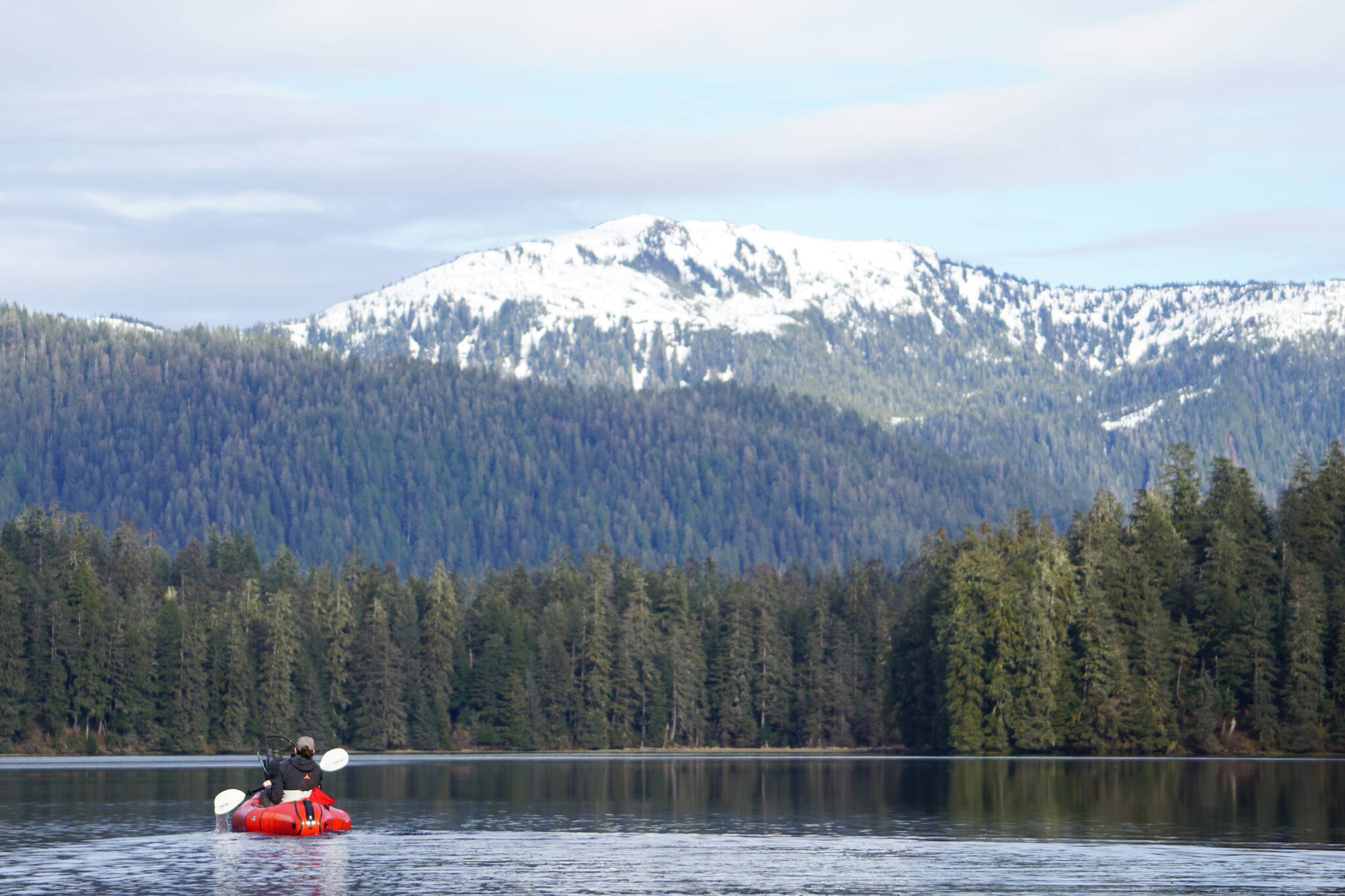“Into the Wild” and “The Grizzly Maze” are complex reads.
To reduce Chris McCandless and Timothy Treadwell to naïve, unprepared fools who are led to their deaths by unreasonable ideology is to miss out on a wider story.
What resonates most with my students when we discuss the books in Adventure/Survival Literature is the idea of purpose. It doesn’t redeem, justify or deify the two, but people want to feel as though their lives have meaning. There is a point to their existence. Without it, despondency and hopelessness sinks in and the thought of not having purpose worries many students.
I showed part of the documentary “Grizzly Man” in which Treadwell talks about his alcoholism. Choice couldn’t stop it. Therapy couldn’t stop it. He made a promise to the bears and they stopped it. It’s wild and ridiculous, but it is also very human. There is another scene in which Treadwell talks about how he finds meaning to his life. Incredibly flawed, irrational, naïve, delusional, manipulative. But human.
Statistically speaking, very, very few people will find meaning in the exact same way as Treadwell, or seek truth and purpose the way McCandless did. But as another class is set to graduate, I can’t help but think how the wilds of adult life will treat our newly minted graduates.
As a metaphor, the Fairbanks 142 bus works pretty well as a cautionary tale. McCandless, for all his faults, likely brought on by abuse (listen to his sister’s Ted Talk), he left an indelible mark on just about everyone who met him. He had talent and brains and was implored to leverage both. His lifestyle didn’t catch up to him until he crossed that river. There was a way back if he chose, until there wasn’t.
After knowing some of my students for four years, my biggest fear is that they will cross the river without consideration and be stuck. Alone. That their desire to make their own path will become reckless and lead to a metaphorical death of potential, or a very literal one.
The grizzly maze works very well too. Tempt fate enough and the dangers will be revealed. Consequences loom.
But as Donald Miller wrote: “Fear is a manipulative emotion that can trick us into living a boring life” so the answer certainly isn’t insulation from hardship or failure. Experience, not inactivity, drives growth.
It is easy for us to adopt an appearance that is not an honest representation of who we are.
But that is nothing new. We have always been distracted, manipulated or jumped into things that provided us all the attention or validation we could want, only to later discover we got caught up in something that was fast and exciting. But not really us. No matter what the context, there’s always something there for us to say, as if life is a massive Mad Lib about happiness, life, wellness or gratitude.
In an era of social media distraction, we can trick ourselves into believing that what isn’t real, is. We mistake attention for purpose.
If there has been something that I most appreciate in students while they are in school and tends to be a success indicator, it’s not a GPA, the post-high school plan or even money. It’s substance. The cultivation of individuality and curiosity to form someone who will work, take the right risks, learn from mistakes and know that the world won’t simply gift a passion and or happiness because you feel entitled. There’s an attitude with which you live that serves those around you.
It is hard to stomach elements of the McCandless story, but he had it right when he wrote, “Happiness is only real when shared.”
• Jeff Lund is a freelance writer based in Ketchikan. His book, “A Miserable Paradise: Life in Southeast Alaska,” is available in local bookstores and at Amazon.com. “I Went to the Woods” appears twice per month in the Sports & Outdoors section of the Juneau Empire.


